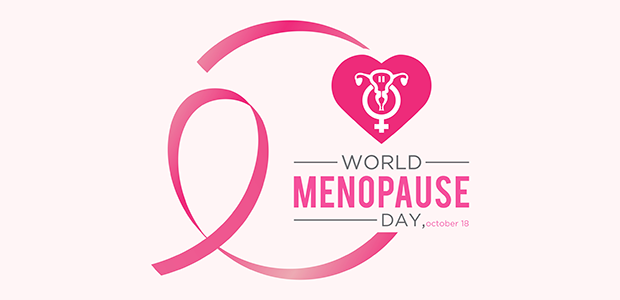
Employers probably have more menopause support than they realise
Even if employers do not have a dedicated menopause support provider, they may well have more support for menopause than they realise, according to GRiD.
That is because many employee benefits providers, and group risk benefits in particular, include such a broad range of support that many employers will be able to provide support for the menopause at no additional cost to their organisation.
Examples of support
- The industry body for the group risk sector explains that most group risk benefits (employer-sponsored life assurance, income protection and critical illness) now often include access to a virtual GP, so anyone needing general menopause support would be able to speak directly to a GP if they had concerns
- Anxiety is a symptom that can be experienced at this time of life and many group risk benefits include EAPs (Employee Assistance Programmes) which have support for anxiety embedded as standard
- Some group risk providers also widen support to include apps and other online platforms for wellness issues including musculoskeletal, nutrition and sleep, all of which can be beneficial for someone experiencing menopausal symptoms. There may even be specialised menopause support included in this way
- Group risk benefits can also help employees stay fit and healthy with access to apps to help improve fitness, including discounts and offers for gyms and online workouts. Taking regular exercise is thought to improve menopausal symptoms including improving sleep, reducing anxiety, and supporting better bone health.
Hormonal decline can also have a wide-ranging impact on disorders of the heart which is why this year’s theme for World Menopause Day 2023 is cardiovascular disease. Many employee benefits provide support from third-party medical professionals who are experts in supporting people with specific conditions such as high blood pressure, heart disease and diabetes.
Katharine Moxham, spokesperson for GRiD, said: “If employers do a deep dive into their existing employee benefits, they may well find that they can create a suite of support for their employees affected by menopause within the benefits they already offer. Not only does this mean they won’t incur any additional costs, but by promoting the support they already have in place they are likely to see engagement and utilisation improve too.”
GRiD also urges employers to ensure that they clearly communicate the menopause support that they have available. Taking a more organic approach to providing menopause support may require additional levels of communication so that staff can understand what is available and how to access it.
Katharine Moxham concluded: “It’s easy to put employee benefits into silos – a benefit that tackles mental health, another that tackles physical health – however, it’s more than possible to create packages of support for specific employee groups – menopausal staff being just one of them – by mining the breadth of support often available all in one place.
“For employers who already have a comprehensive suite of support, this can be a cost-effective way of approaching menopause support.”
Employers may also want to consider making reasonable adjustments to the workplace and workloads – as they would for others dealing with health-related issues – to help women dealing with menopausal symptoms to stay at work, return to work and reduce the likelihood of absence. Such support can be found within vocational rehabilitation services often included within group risk benefits: employer-sponsored life assurance, income protection and critical illness.

